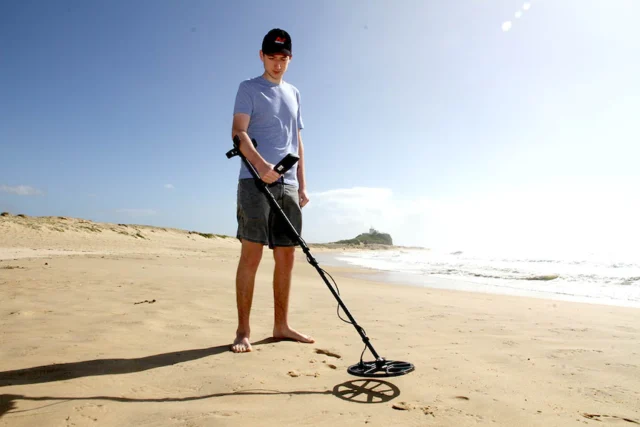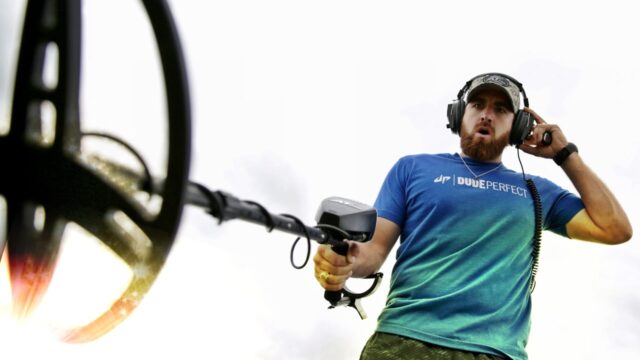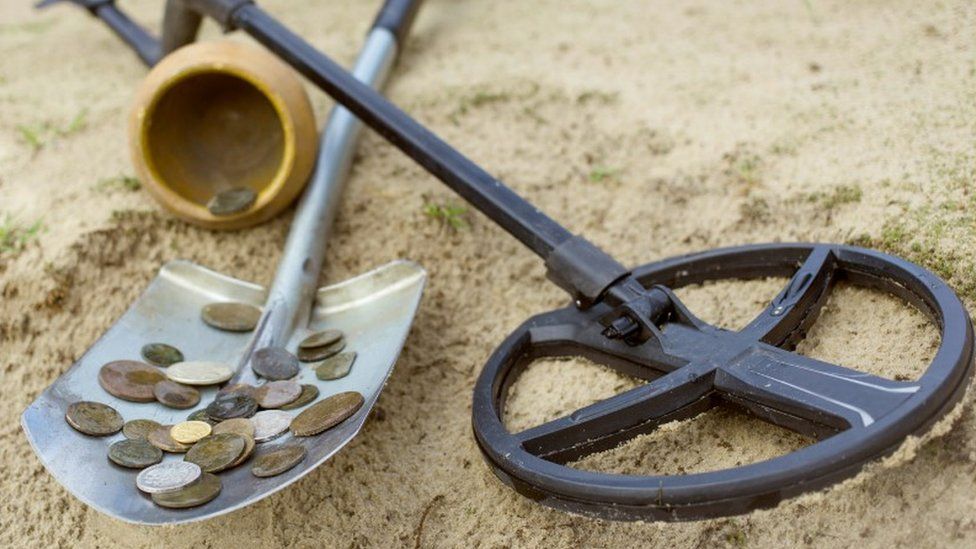If you’re thinking about getting into metal detecting, there are a few things you should know first. This guide will outline the basics of metal detecting, including what you need to get started, what to look for when hunting for treasure, and how to hone your skills.
Metal detecting is a hobby that can be quite rewarding. It can be fun to find coins and jewelry buried in the ground, and learning how to use a detector can make the experience even more enjoyable. Before you start looking for treasure, though, it’s important to understand some basics about metal detecting.
The Beginner’s Guide to Metal Detection
Starting out metal detecting is a fun and exciting experience, but it can be daunting if you don’t know what to expect. This beginner’s guide will teach you everything you need to know before getting started.

If you’re ready to start metal detecting, here’s what you need:
– A metal detector for beginners – There are a variety of detectors available on the market, so find the one that fits your needs and budget.
– A good location to search – A metal detector works better if the ground is clean and clear of vegetation. Try searching an area near a body of water or an abandoned building site.
– A proper operating procedure – Before starting any search, be sure to read the owner’s manual and follow the instructions!
How to Use a Metal Detector?
Metal detecting is a great way to enjoy nature, find treasure, and make new friends. Before you start your first metal detecting expedition, make sure you have the right tools and knowledge to get the most out of your experience. Here are some tips on how to use a metal detector:
- Get familiar with the settings on your detector. There are different types of detectors, each with their own set of settings. Figure out which setting works best for you and stick with it. If you’re not familiar with the settings, consult the owner’s manual or online resources for more information.
- Start by scanning the ground around you for objects that may be buried underground. This can be done with either a continuous sweep or a “panning” motion in which you move the detector back and forth across an area. Pay attention to any bumps in the ground or areas that seem particularly promising.
- When you find an object that interests you, position yourself so that the detector is pointing at the object and press the “go” button. The machine will start beeping and will show you onscreen where the object is located. If it’s large enough, you may need to hold down the “button” to keep it from moving. When you’ve found what you’re looking for, release the button and the machine will return to its normal scanning mode.
- If you find something that you’re not sure about, take a close look before deciding whether or not to bring it back to the surface. Sometimes small objects can be valuable, while other times they may just be pieces of metal. It’s always safest to consult with someone who is more experienced with metal detecting before making any decisions.
Conclusion

Metal detecting can be a fun and rewarding activity, but it’s important to do your research before you start. In this article, we’ll take a look at some of the most important things to know before starting out metal detecting, so that you have the best possible experience. From choosing the right detector to understanding how metal detectors work, by readying yourself for this exciting hobby you’re sure to enjoy success!







